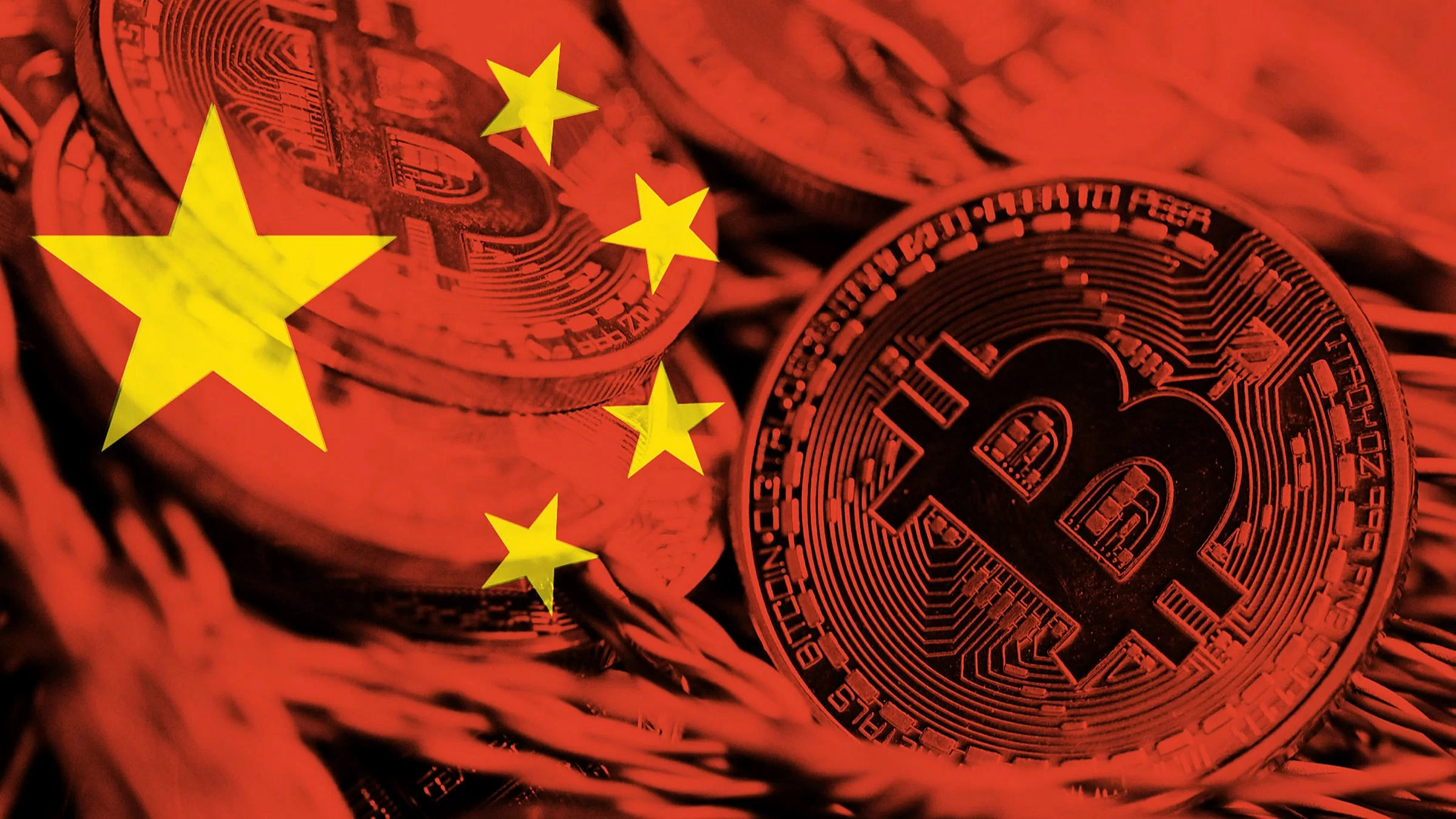China, the world’s second-largest economy, is facing significant challenges as its growth slows down. Despite a series of monetary policy adjustments and rate cuts introduced by Beijing since late September, experts like Zhu believe these measures will hardly make a dent in the underlying economic issues. “If you’re expecting a game-changing moment, we’re not there yet,” Zhu stated, highlighting the cautious nature of the government’s approach to economic stimulus.
A Comparison To Past Stimulus Efforts
Zhu draws a stark contrast between today’s economic environment and the massive 4 trillion yuan stimulus package rolled out in 2008. While the past saw an aggressive influx of funds aimed at revitalizing the economy, he emphasizes that current policies represent “not a 180-degree policy shift.” The government seems reluctant to unleash substantial resources into the economy, leaving many analysts and investors concerned about the implications for future growth.
Recent policy adjustments have led to slight upgrades in economic forecasts, but as enthusiasm wanes, skepticism about the government’s commitment to more aggressive fiscal measures is rising. Investors, who had hoped for a shift toward bolstering consumer spending, are feeling let down by China’s recent actions.
U.S. Treasury Secretary Janet Yellen echoes these sentiments, stressing the crucial role of consumer spending in fostering sustainable economic growth without contributing to global overcapacity. However, she has yet to see the policy changes necessary to achieve this goal. Instead, the Chinese government appears more focused on enhancing manufacturing capabilities—a strategy Zhu questions. “While enhancing productivity is reasonable, the service sector’s critical role in the modern economy can’t be overlooked,” he noted.
The numbers speak for themselves: the service sector accounted for 48% of jobs in China last year, dwarfing the 29% in industry and 23% in the primary sector, according to the National Bureau of Statistics.
An Ambitious Growth Target
China has set an ambitious growth target of 5% for 2024, a figure that many analysts already deem unattainable given the current economic climate. Weak consumer spending, an uncertain export outlook, and a fragile property market complicate the landscape. A recent stimulus package initially sparked a stock rally, but as excitement faded, it became evident that these measures fell short of investor expectations, intensifying doubts about meeting the growth target.
Adding to the malaise, signs of deflation are emerging, and fears are mounting that China might enter a prolonged period of stagnation reminiscent of Japan’s post-boom struggles. Prior to the latest stimulus announcement, most global banks had already predicted that China would miss its growth targets.
Manufacturing Focus and Global Repercussions
While exports have recently surged to their highest value in nearly two years, many countries are now pushing back against the influx of cheap Chinese goods. Vice Finance Minister Liao Min defended China’s manufacturing prowess, asserting that these products offer value and help stabilize global inflation. Nevertheless, concerns over China’s economic slowdown have begun to reverberate across various global industries.
The recovery appears increasingly fragile, compounded by the U.S. restrictions on China’s access to advanced technologies. Beijing refers to these actions as “containment,” raising concerns over how this strategic competition will affect domestic confidence and economic growth.
As consumer spending remains stagnant, the optimism surrounding a post-pandemic economic resurgence has largely dissipated. Instead, households are prioritizing savings, particularly in the wake of an ongoing real estate crisis that has wiped out an estimated $18 trillion in household wealth. With banks recording their first summer loan shrinkage in 19 years, the outlook seems bleak.
Also Read: China And India End 4-Year Border Dispute – A Game-Changer For BRICS’ 20% Global Gold Control!
The responsibility now lies with Beijing to transform promises of support into tangible economic action. Goldman Sachs has modestly upgraded its growth forecasts for China, but even they predict growth will hover just below 5%. As structural challenges loom—like a shrinking workforce—it’s evident that more substantial measures are necessary for China to stabilize its economy and achieve its growth ambitions.
In this complex economic landscape, the interplay of policy, consumer behavior, and global market dynamics will ultimately dictate the future trajectory of China’s economy.
Disclaimer: The information in this article is for general purposes only and does not constitute financial advice. The author’s views are personal and may not reflect the views of Chain Affairs. Before making any investment decisions, you should always conduct your own research. Chain Affairs is not responsible for any financial losses.



